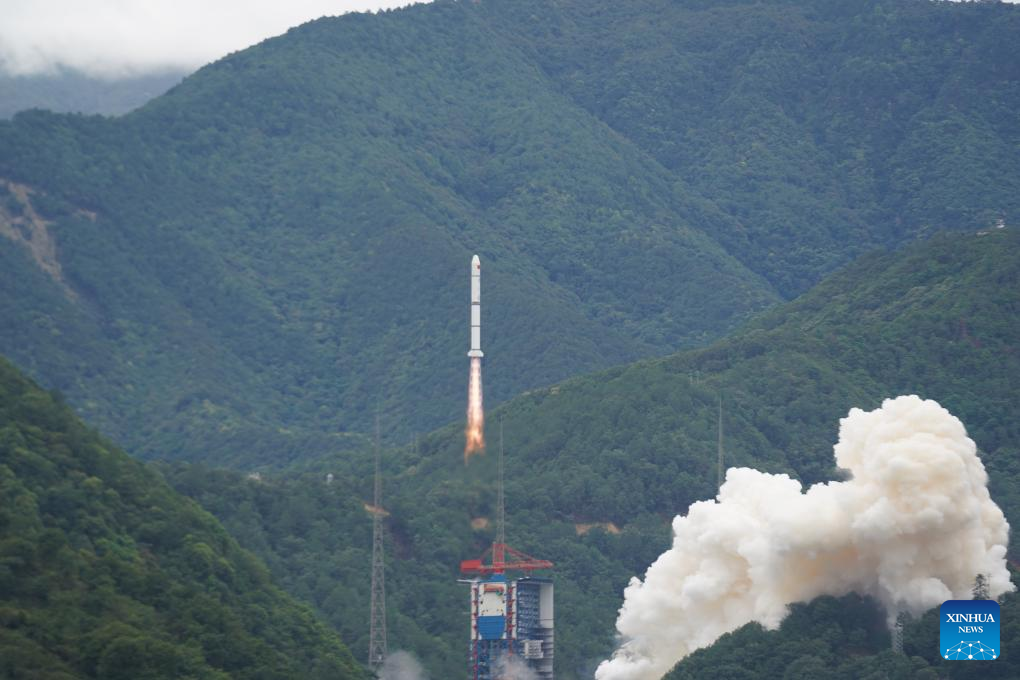
A Long March-2C rocket carrying an astronomical satellite, the Space-based Multi-band Variable Object Monitor (SVOM), blasts off from the Xichang Satellite Launch Center in southwest China's Sichuan Province on June 22, 2024. China on Saturday launched the astronomical satellite, the result of nearly 20 years of hard work between Chinese and French scientists, to capture gamma-ray bursts which flicker like fireworks in the farthest reaches of the universe. (Photo by Chen Haojie/Xinhua)
XICHANG, June 22 (Xinhua) -- China on Saturday launched an astronomical satellite, the result of nearly 20 years of hard work between Chinese and French scientists, to capture gamma-ray bursts which flicker like fireworks in the farthest reaches of the universe.
The satellite, the Space-based Multi-band Variable Object Monitor (SVOM), was launched by a Long March-2C rocket at 3:00 p.m. (Beijing Time) from the Xichang Satellite Launch Center in southwest China's Sichuan Province, according to the China National Space Administration (CNSA).
The satellite has been sent into an orbit over 600 kilometers above Earth and has a designed life of five years, though scientists expect it could be operational for as long as 20 years.
"We are looking forward to some important discoveries, such as the earliest gamma-ray bursts that occurred when the universe was still in its childhood, which will help us study cosmic evolution," said Wei Jianyan, who is SVOM's Chinese principal investigator and works at the Chinese Academy of Sciences' National Astronomical Observatories.
"We also hope to discover special and rare gamma-ray bursts, and perhaps even to see new types of bursts. For example, our satellite is suited to searching for so-called kilonovas, bright blasts of electromagnetic radiation that occur when two neutron stars collide and merge," Wei said.
"Such a detection would be of great significance to the study of stellar evolution, and to answering very interesting scientific questions such as where heavy elements like gold and silver come from in the universe," Wei said.
Gamma-ray bursts, usually very short in duration, are the most violent explosive phenomena in the universe after the Big Bang, and they occur during the collapse of massive stars or the merging of binary compact stars. The in-depth observation of and research on gamma-ray bursts will help us understand some of science's fundamental questions, Wei said.
The main scientific objectives of SVOM include searching for and rapidly locating various gamma-ray bursts, comprehensively measuring and studying the electromagnetic radiation properties of these bursts, studying dark energy and the evolution of the universe through these bursts, and observing electromagnetic signals associated with gravitational waves, according to Wei.
Bertrand Cordier, SVOM's French principal investigator who works at the French Alternative Energies and Atomic Energy Commission, said, "By using the gamma-ray bursts as a tool to observe the early universe, we can observe maybe the first stars. This is very interesting because this is the only way to get information about the universe at this age."
"We will open a new window for the detection of gamma-ray bursts. I hope we will discover new things, new objects we still don't know about," Cordier said.
Four scientific instruments are installed on the satellite, two of which have been developed by China and two by France. The four instruments can realize a large field of view and high-precision observation. Their fields of view are capable of covering a quarter of the entire sky, making it easy to spot the unpredictable, fleeting bursts in space. Once a target is detected, the satellite will automatically turn toward it and undertake long-duration and high-precision observation, Wei said.
A real-time transmission network will enable unprecedented, integrated, space-based and ground-based observations. Immediately after discovering a target, the satellite will send preliminary position and time data to the ground within a minute, notifying telescopes in various bands on Earth to point toward it.
And should scientists discover an interesting target in space from the ground, they can use China's BeiDou Navigation Satellite System to command SVOM to point toward it within approximately five minutes.
"Previously, the fastest response among similar astronomical satellites globally took about 20 minutes. So this is huge progress," Wei said.
SVOM is not only a satellite, but a complex system that uses linked instruments both in space and on the ground. And these instruments can communicate in a very short time. "We are able to observe the gamma-ray bursts in the wavelength from gamma-ray to infrared. And this is unique," Cordier said.
China and France have established a joint team of about 100 scientists, with Chinese and French members accounting for approximately 60 percent and 40 percent, respectively. Every member of the team has equal access to all scientific data, and SVOM's scientific data will be shared with the international astronomy community.
The SVOM project's overall satellite design, development and in-orbit operations, as well as the analysis of its data and the publication of its scientific research results, have been or are being carried out by both China and France.
With the support of the leaders of the two countries, the project constitutes high-level cooperation between China and France, both of which are major players in space.
SVOM is a contribution that Chinese and French scientists and engineers have made to the international astronomy community through years of cooperation, integrating high-tech resources from both countries, said Liu Yunfeng, deputy director of the CNSA's international cooperation department.
This year marks the 60th anniversary of the establishment of diplomatic relations between China and France. SVOM is a landmark cooperative project between the governments of the two countries, characterized by innovative technologies and significant challenges. Both sides have maintained mutual trust and assistance, and the scope of their cooperation is broad, deep, extensive and high-quality, which leads to win-win results and offers a model for cooperation between China and other countries, Liu added. ■
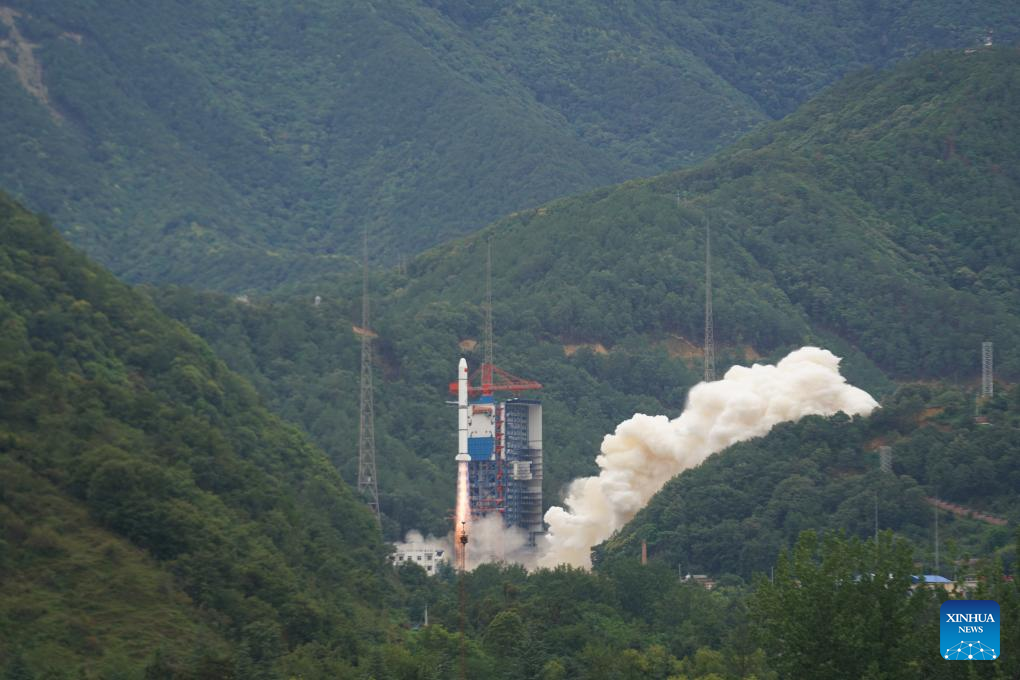
A Long March-2C rocket carrying an astronomical satellite, the Space-based Multi-band Variable Object Monitor (SVOM), blasts off from the Xichang Satellite Launch Center in southwest China's Sichuan Province on June 22, 2024. China on Saturday launched the astronomical satellite, the result of nearly 20 years of hard work between Chinese and French scientists, to capture gamma-ray bursts which flicker like fireworks in the farthest reaches of the universe. (Photo by Chen Haojie/Xinhua)
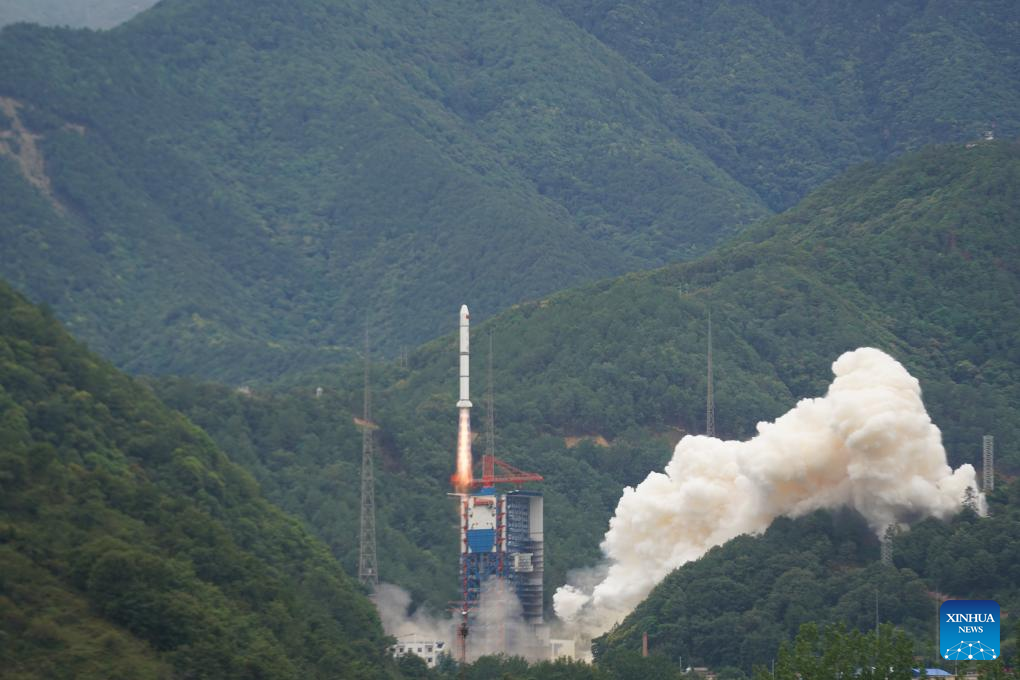
A Long March-2C rocket carrying an astronomical satellite, the Space-based Multi-band Variable Object Monitor (SVOM), blasts off from the Xichang Satellite Launch Center in southwest China's Sichuan Province on June 22, 2024. China on Saturday launched the astronomical satellite, the result of nearly 20 years of hard work between Chinese and French scientists, to capture gamma-ray bursts which flicker like fireworks in the farthest reaches of the universe. (Photo by Chen Haojie/Xinhua)
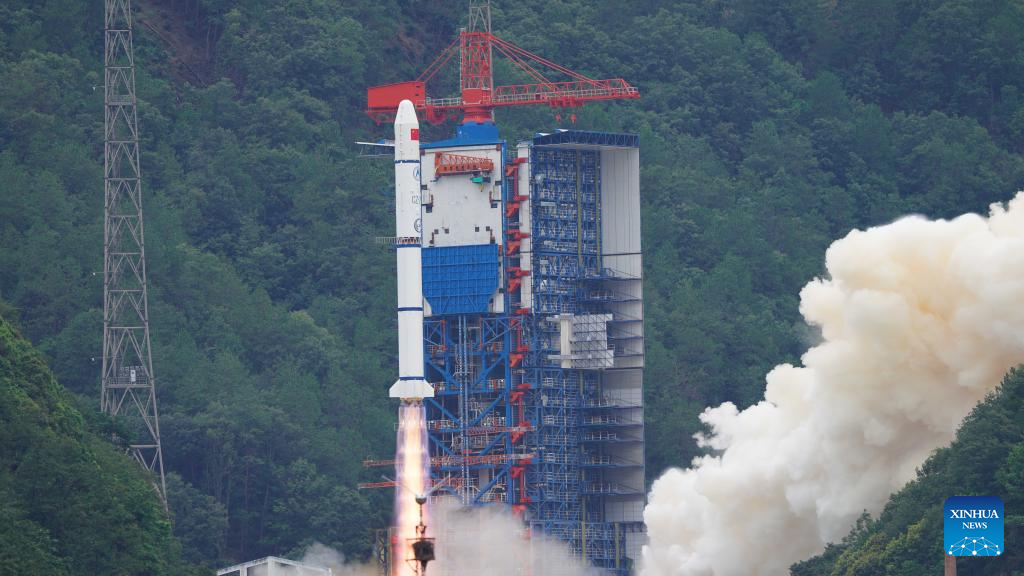
A Long March-2C rocket carrying an astronomical satellite, the Space-based Multi-band Variable Object Monitor (SVOM), blasts off from the Xichang Satellite Launch Center in southwest China's Sichuan Province on June 22, 2024. China on Saturday launched the astronomical satellite, the result of nearly 20 years of hard work between Chinese and French scientists, to capture gamma-ray bursts which flicker like fireworks in the farthest reaches of the universe. (Photo by Chen Haojie/Xinhua)
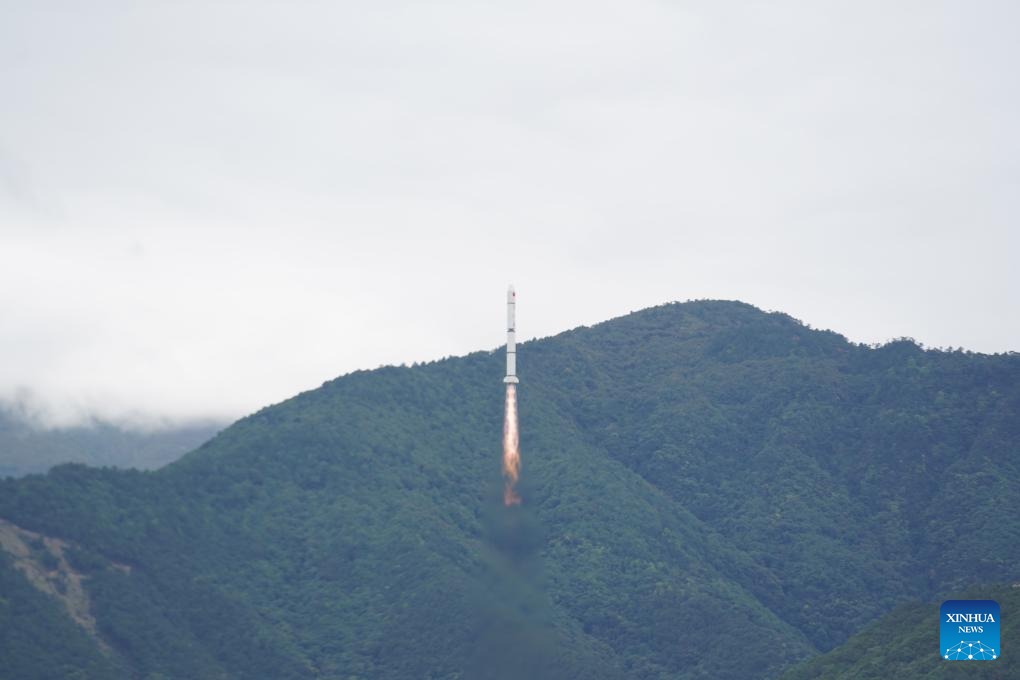
A Long March-2C rocket carrying an astronomical satellite, the Space-based Multi-band Variable Object Monitor (SVOM), blasts off from the Xichang Satellite Launch Center in southwest China's Sichuan Province on June 22, 2024. China on Saturday launched the astronomical satellite, the result of nearly 20 years of hard work between Chinese and French scientists, to capture gamma-ray bursts which flicker like fireworks in the farthest reaches of the universe. (Photo by Chen Haojie/Xinhua)
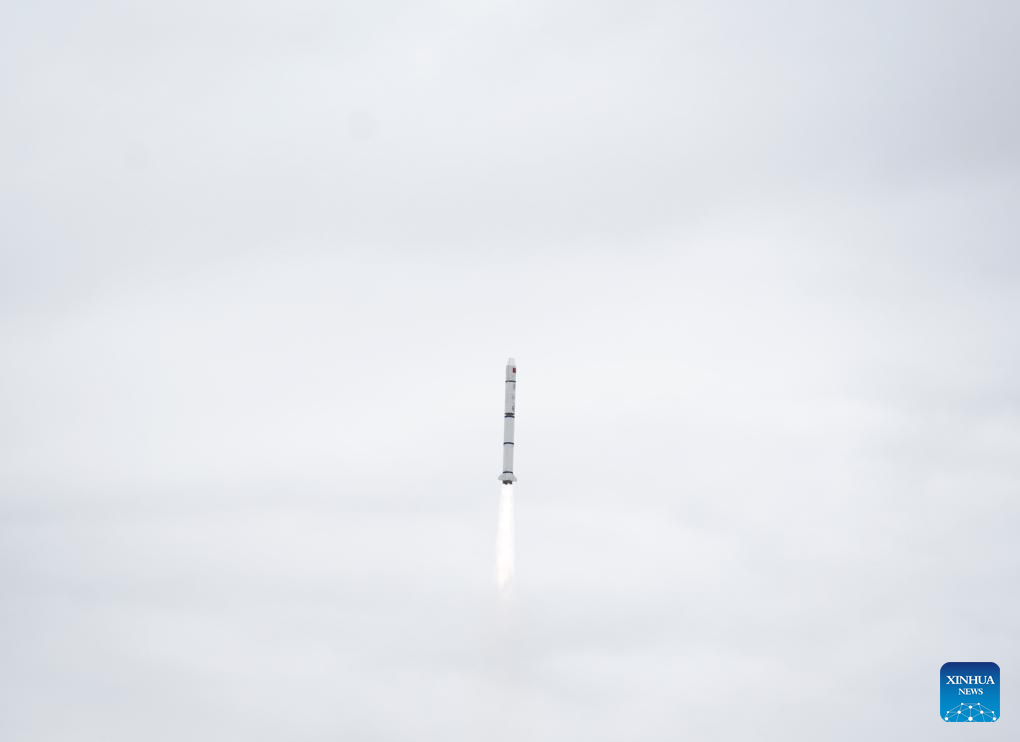
A Long March-2C rocket carrying an astronomical satellite, the Space-based Multi-band Variable Object Monitor (SVOM), blasts off from the Xichang Satellite Launch Center in southwest China's Sichuan Province on June 22, 2024. China on Saturday launched the astronomical satellite, the result of nearly 20 years of hard work between Chinese and French scientists, to capture gamma-ray bursts which flicker like fireworks in the farthest reaches of the universe. (Photo by Chen Haojie/Xinhua)



